The PocketStation is a peripheral by Sony Computer Entertainment for the PlayStation home video game console. Categorized by Sony as a miniature personal digital assistant, the device features a monochrome liquid crystal display (LCD), infrared communication capability, a real-time clock, built-in flash memory, and a sound capability. Connecting to a PlayStation through a memory card slot, the PocketStation also functions as a PlayStation memory card. It was released exclusively in Japan on January 23, 1999.
Software for the PocketStation was typically distributed as extras for PlayStation games, included in the CD-ROM, enhancing the games with added features. Stand-alone software could also be downloaded through the PlayStation console. The software is then transferred to the PocketStation for use. A built-in infrared data interface allows direct transfer of data such as game saves between PocketStation units, as well as multiplayer gaming.
The original Japanese ship date for the PocketStation was set for December 23, 1998, but it was delayed a full month. Sony only shipped an initial 60,000 units of the peripheral when it was released on January 23, 1999. It was initially available in two case colors: white and clear. It proved extremely popular, selling out all over the region. Sony planned to release the PocketStation outside of Japan, engaging in promotional activity in Europe and North America, but the release did not occur. SCEA cited an inability meeting Japanese demand as the reason for the PocketStation’s absence. A few games, such as Final Fantasy VIII and SaGa Frontier 2, retained PocketStation functionality in their localized versions.
The PocketStation’s most popular game was Dokodemo Issho, which sold over 1.5 million copies in Japan and is the first game to star Sony’s mascot Toro. The PocketStation was discontinued in July 2002 after having shipped nearly five million units.
Pocket Dungeon is a RPG game in which the player fight battles with monsters that he has captured during the Pocketstation game. The main game that is played in the PocketStation is a first person perspective RPG in which the player takes the role of a young hero that begins his quest in a town where he can go around and talk to the town people and after that he can go to the dungeons to fight the monsters.
The PSX game features a gallery where the player can view all the monsters that he defeat in the main game.
Manufacturer’s description:
Pokesute only real fight monsters in dungeons to explore the unexplored perspective 3D RPG. Uses a unique system to determine the attack and defense power by pressing the button timing to achieve the tension filled battle. Monster quirky, full-fledged recording the huge dungeon, feel free to anywhere in real Pokesute PPG can play.
Features:
First person perspective.
3D graphics
Cartoon graphics
Medieval Fantasy theme.
Specification: Pocket Dungeon
|
User Reviews
Be the first to review “Pocket Dungeon” Cancel reply
- Show all platforms
- 3DO
- Acorn Archimedes
- Acorn Atom
- Acorn Electron
- Action Max
- Amiga
- Amiga CD32
- Amstrad CPC
- Amstrad GX4000
- Android
- APF MP-1000
- Apple II
- Apple Pippin
- Arcade
- Atari 2600
- Atari 5200
- Atari 7800
- Atari 800
- Atari Jaguar
- Atari Jaguar CD
- Atari Lynx
- Atari ST
- Atari XE
- Bally Astrocade
- Bandai TV Jack 5000
- BBC Bridge Companion
- BBC Micro
- Casio Loopy
- Casio PV-1000
- Coleco Telstar Arcade
- Colecovision
- Commodore 128
- Commodore 16
- Commodore 64
- Commodore PET
- Commodore Plus/4
- Commodore VIC-20
- Didj
- Dragon 32/64
- Emerson Arcadia 2001
- Entex Adventure Vision
- Entex Select-a-Game
- Epoch Cassette Vision
- Epoch Super Cassette Vision
- Evercade
- Fairchild Channel F
- Famicom Disk System
- FM Towns Marty
- Fujitsu FM-7
- Gamate
- Game & Watch
- Game Wave
- Game.com
- Gizmondo
- GP32
- Handheld Electronic Games (LCD)
- HyperScan
- Intellivision
- Interton VC 4000
- iOS
- J2ME (Java Platform, Micro Edition)
- Jupiter Ace
- Mac OS
- Magnavox Odyssey 1
- Magnavox Odyssey 2
- Mattel Aquarius
- Mega Duck
- Microsoft Xbox
- Microsoft Xbox 360
- Microsoft Xbox One
- Microsoft Xbox Series X
- Milton Bradley Microvision
- MSX
- N-Gage
- Neo Geo
- Neo Geo CD
- Neo Geo Pocket
- Neo Geo Pocket Color
- Nintendo 3DS
- Nintendo 64
- Nintendo DS
- Nintendo Entertainment System (NES)
- Nintendo Game Boy
- Nintendo Game Boy Advance
- Nintendo Game Boy Color
- Nintendo GameCube
- Nintendo Pokémon Mini
- Nintendo Switch
- Nintendo Switch 2
- Nintendo Virtual Boy
- Nintendo Wii
- Nintendo Wii U
- Nuon
- Oculus Quest
- Oric-1
- Ouya
- Palmtex Super Micro
- PC
- PC-88
- PC-98
- PC-FX
- Philips CD-i
- Philips Tele-Spiel ES-2201
- Pioneer LaserActive
- Playdate
- Playdia
- R-Zone
- RCA Studio II
- SAM Coupé
- Sega 32X
- Sega CD
- Sega Dreamcast
- Sega Game Gear
- Sega Genesis
- Sega Master System
- Sega Mega Drive
- Sega Pico
- Sega Saturn
- SEGA SG-1000
- Sharp X1
- Sharp X68000
- SHG Black Point
- Sinclair QL
- Sinclair ZX Spectrum
- Sinclair ZX81
- Sony Playstation 2
- Sony Playstation 3
- Sony Playstation 4
- Sony Playstation 5
- Sony Playstation Portable
- Sony Playstation Vita
- Stadia
- Super Nintendo (SNES)
- Tandy Visual Interactive System
- Tapwave Zodiac
- Texas Instruments TI-99/4A
- Tomy Tutor
- TRS-80 Color Computer
- TurboGrafx 16
- TurboGrafx CD
- V.Smile
- Vectrex
- VTech CreatiVision
- VTech Socrates
- Watara Supervision
- WonderSwan
- WonderSwan Color
- Xavix Port
- Show all platforms
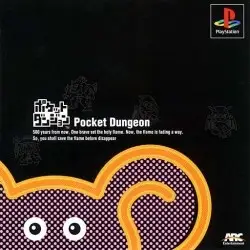


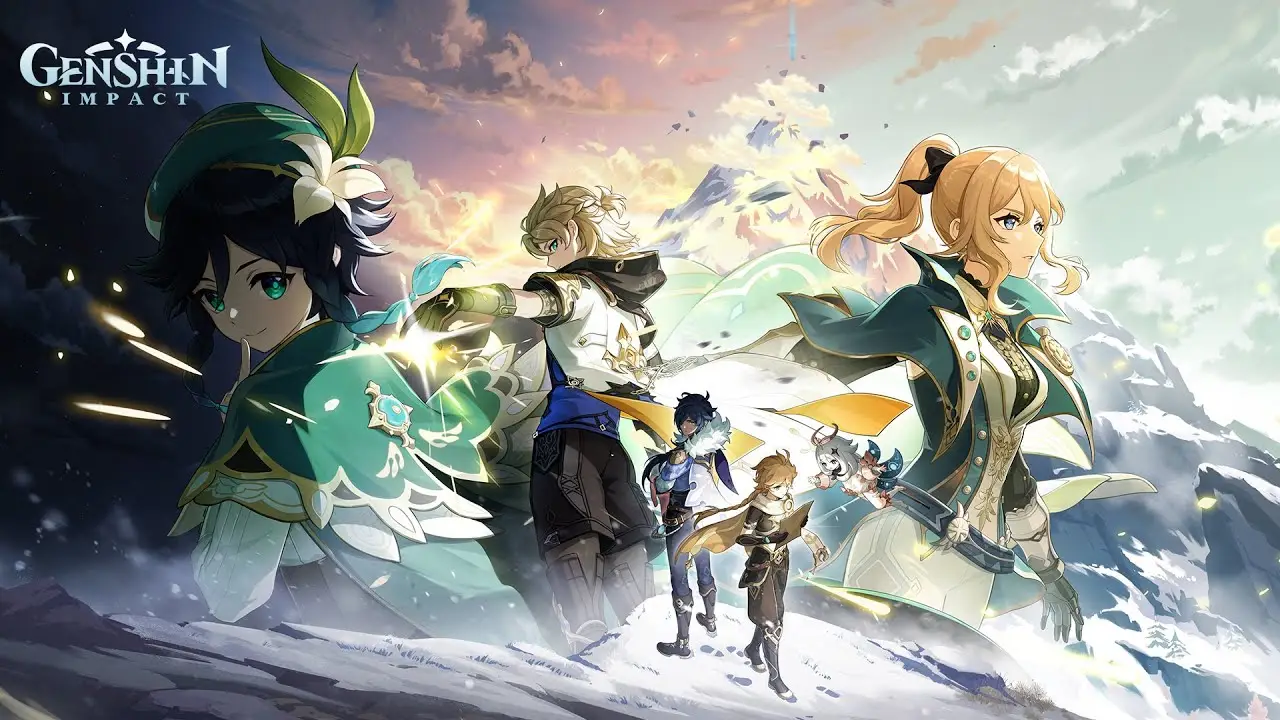
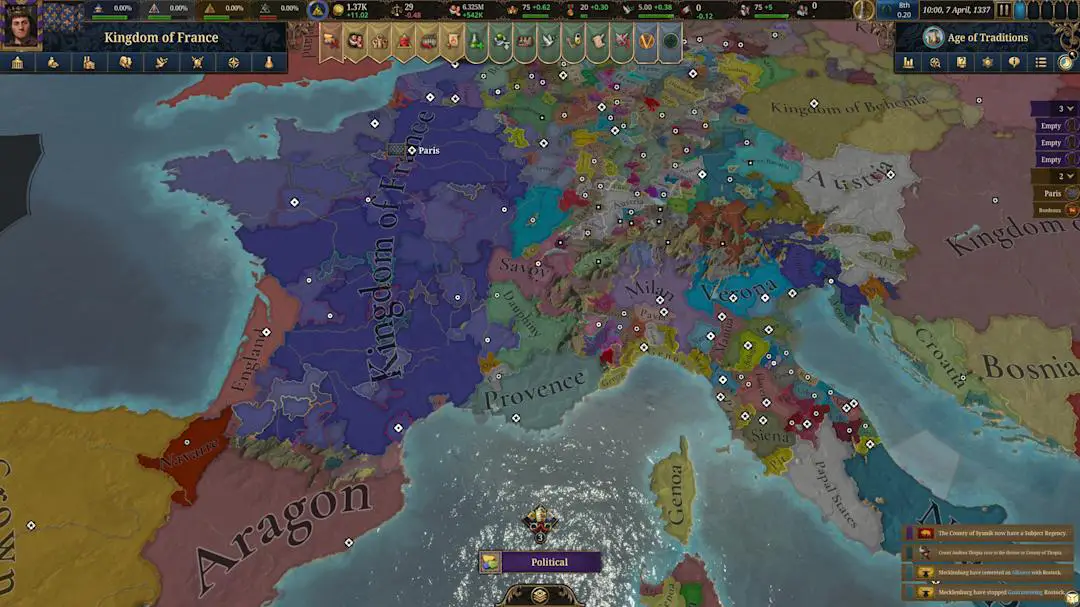

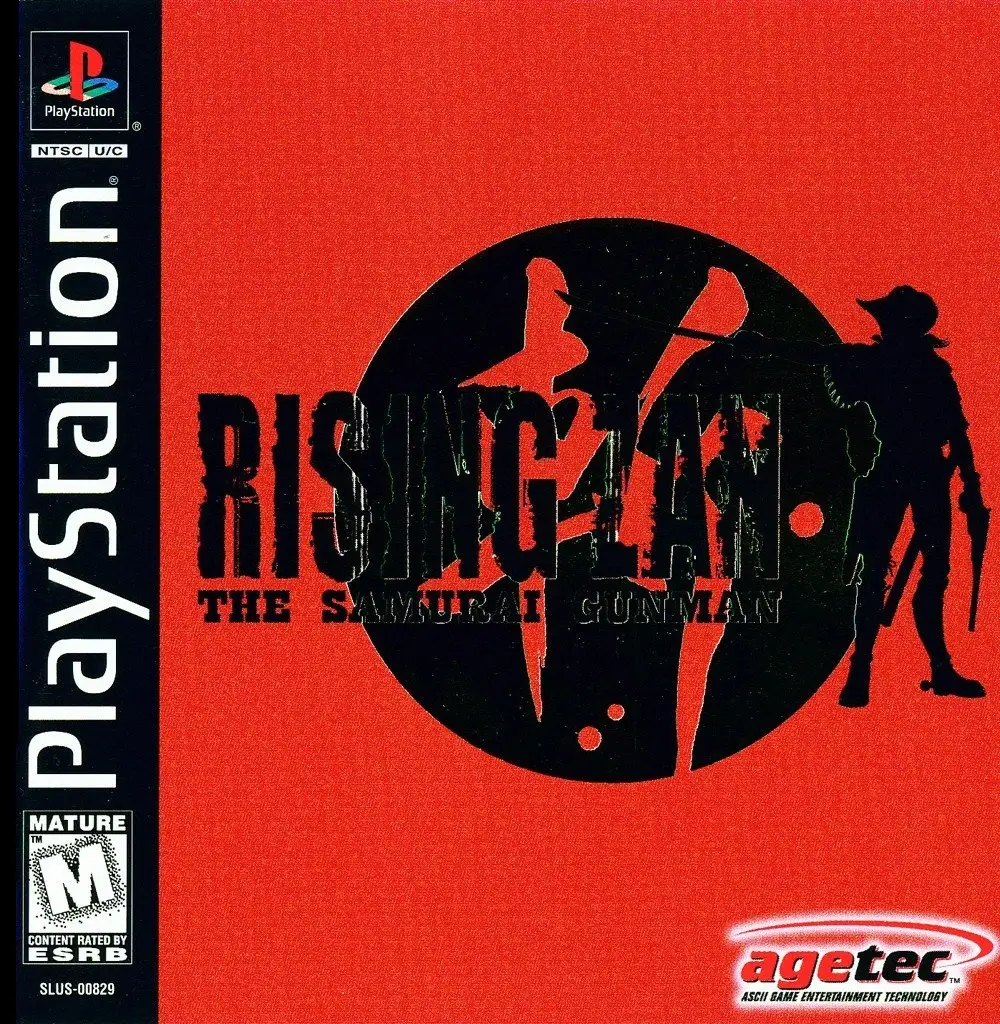
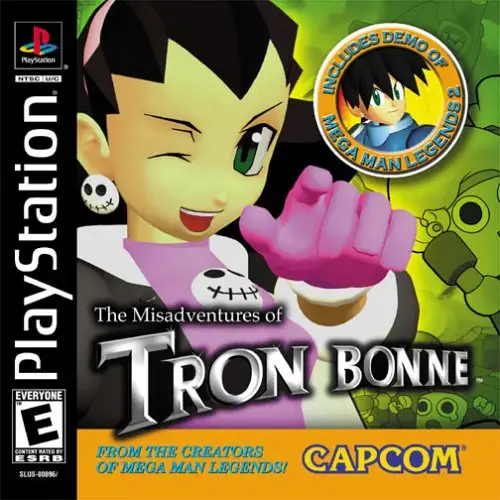
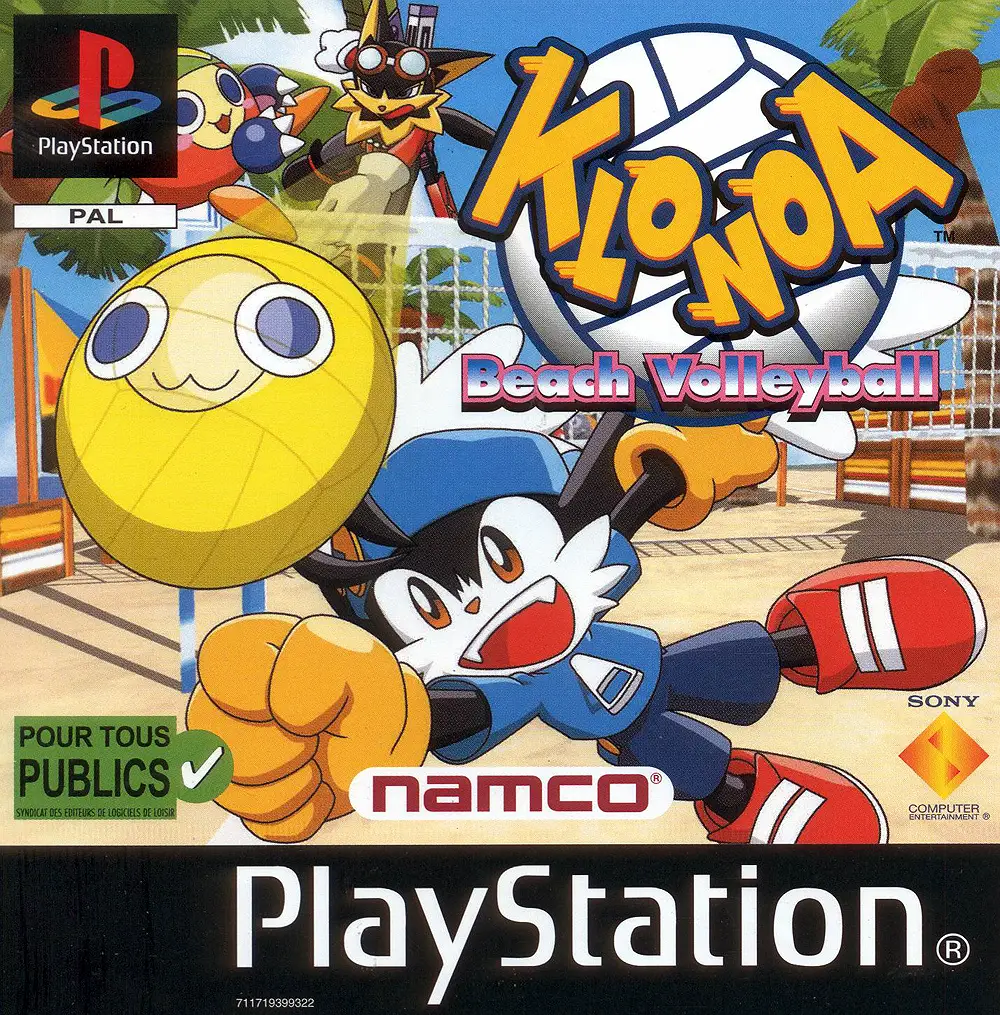
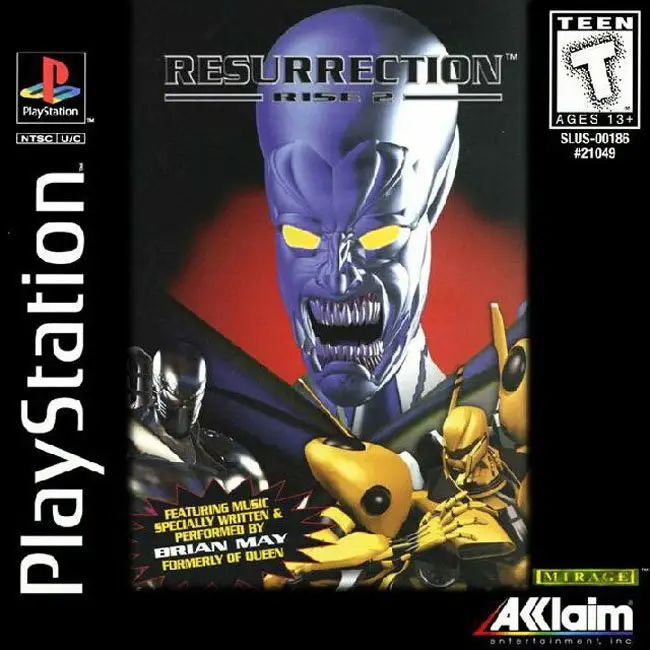
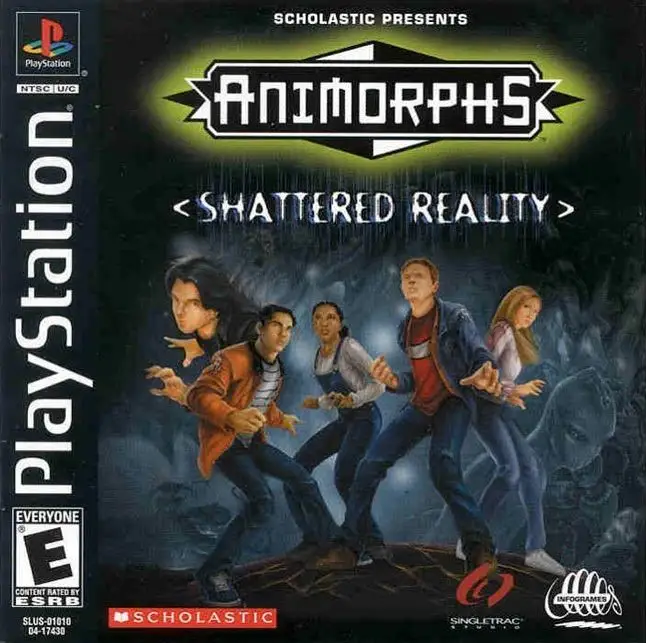
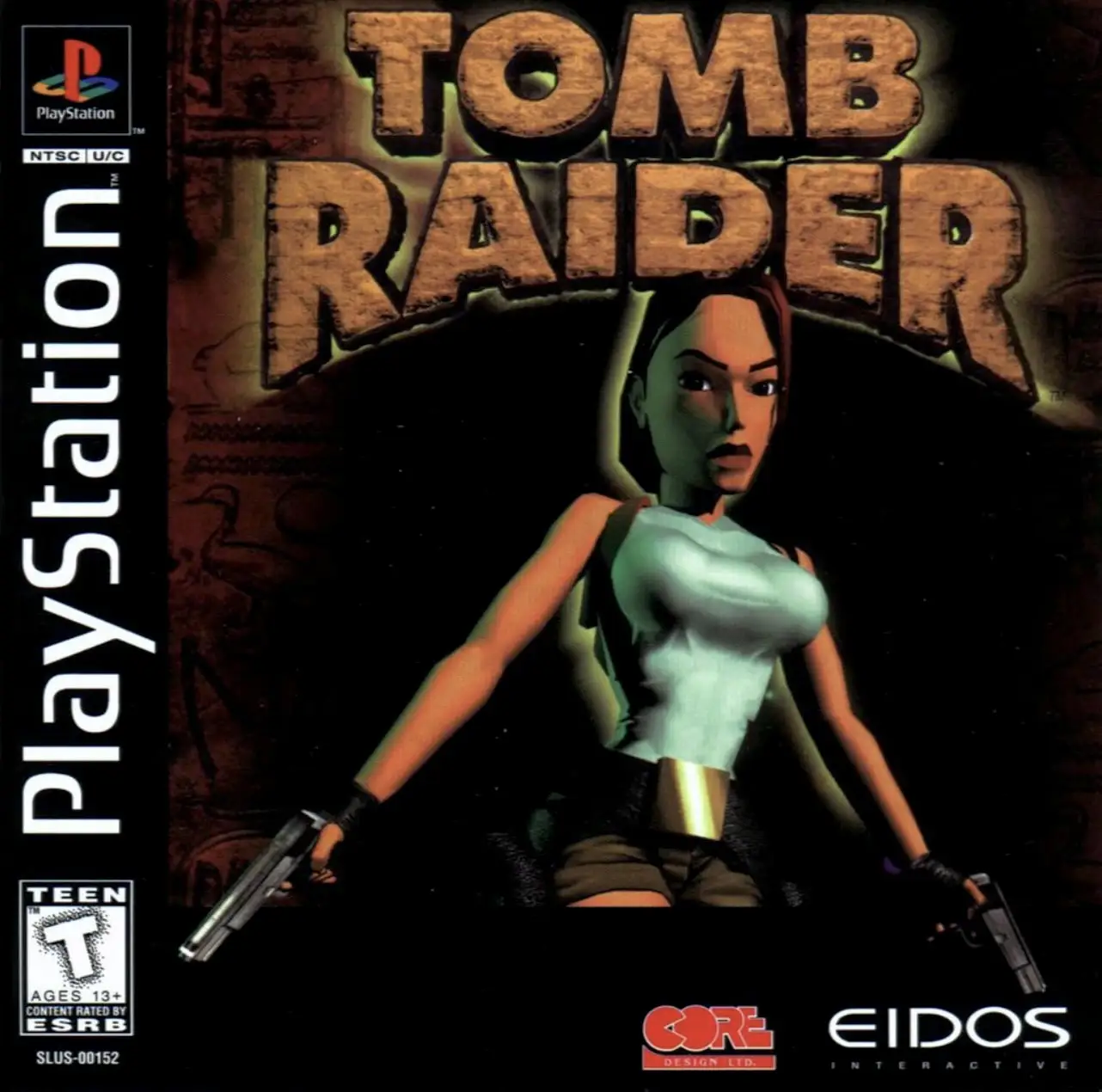
There are no reviews yet.